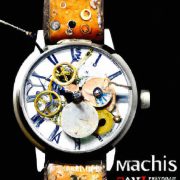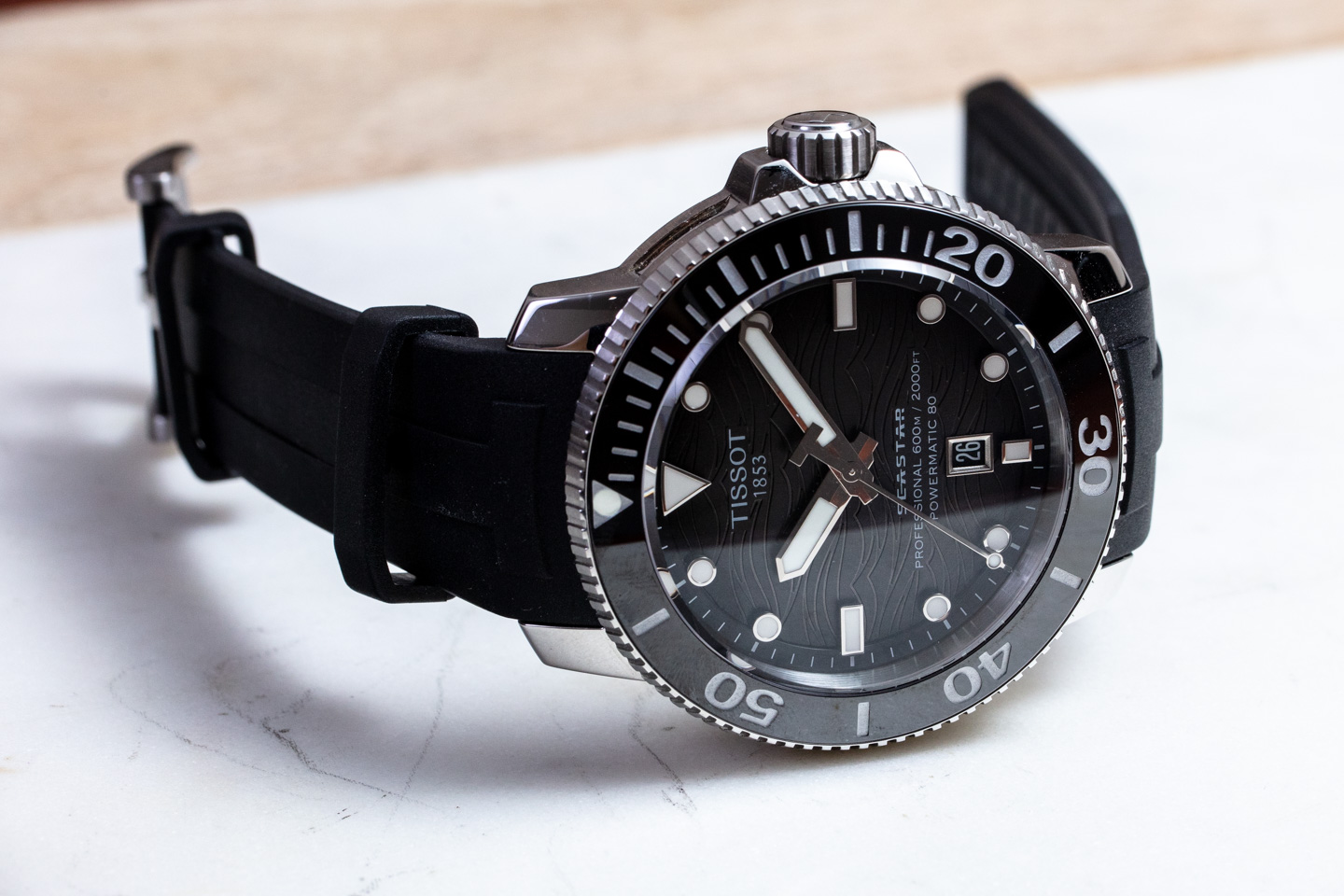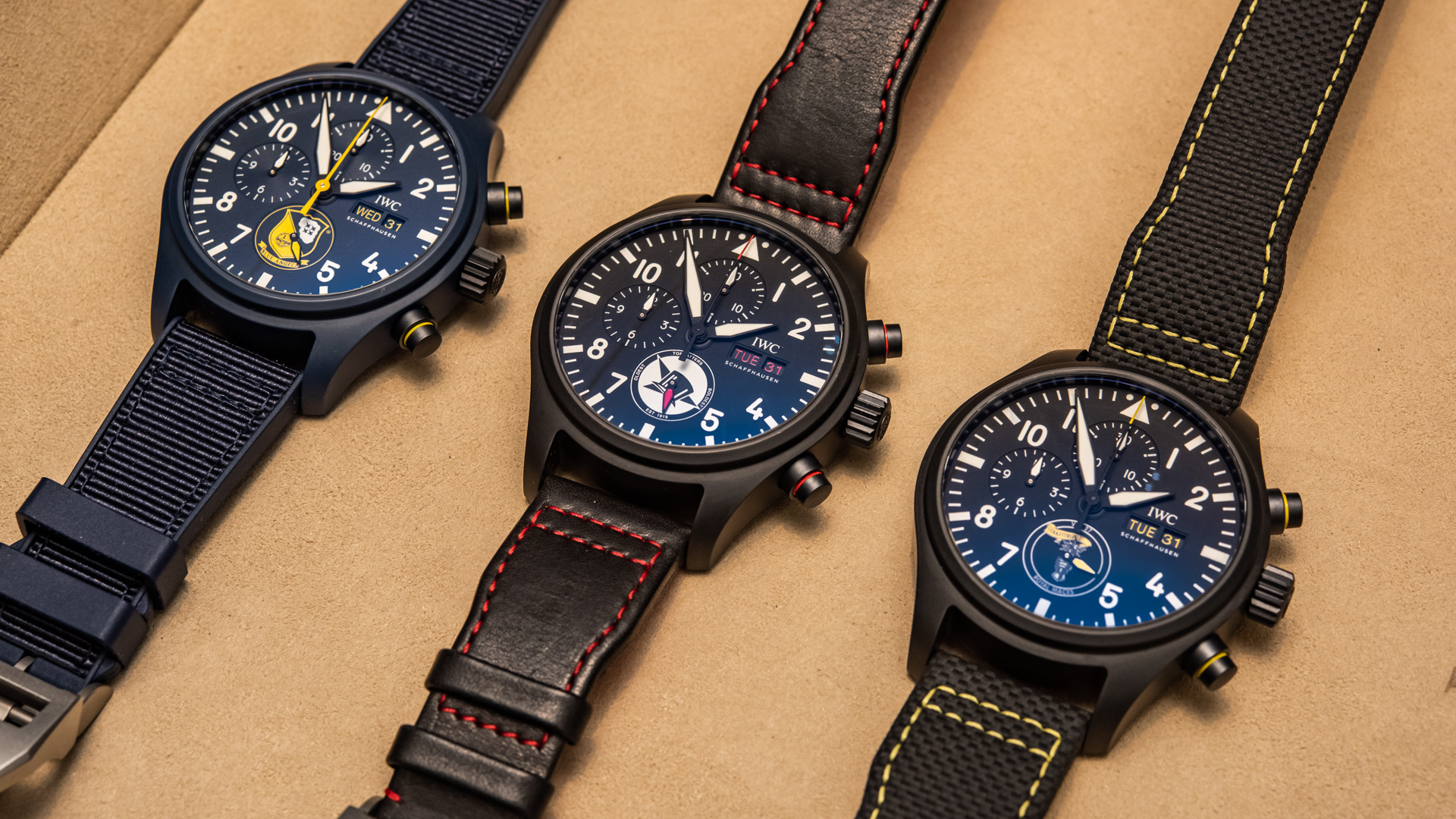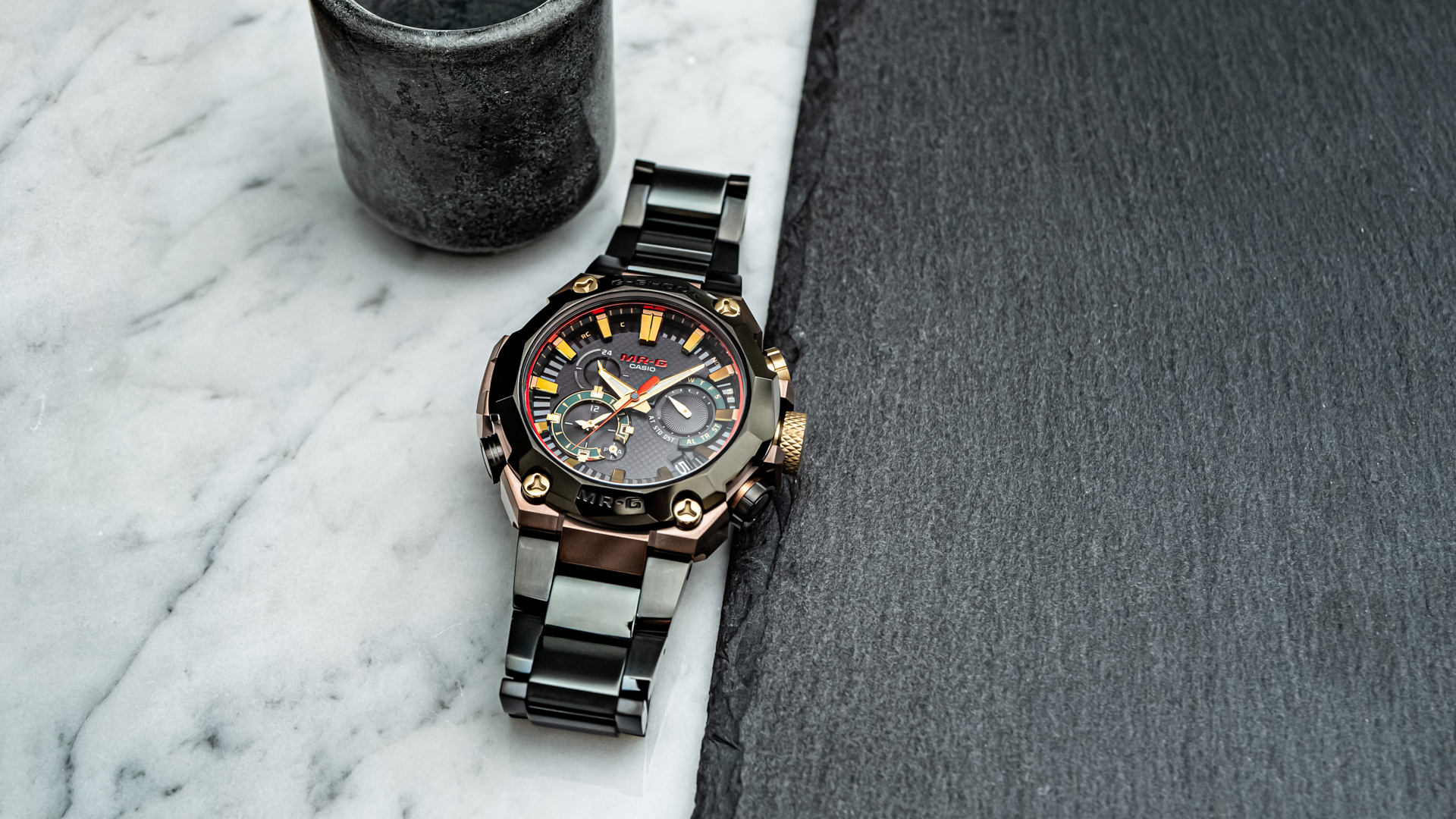In a world where time defines the rhythm of our lives, the humble watch has transcended mere functionality to become a canvas of artistry and innovation. From the intricate ticking of gears in early mechanical timepieces to the sleek allure of modern touchscreen displays, the evolution of watches is a fascinating journey through history and technology. Once a symbol of status and craftsmanship, watches have adapted and transformed alongside human progress, reflecting societal shifts and technological advancements. This article delves into the captivating story of how watches have evolved over centuries—exploring the delicate balance between tradition and innovation, and how each era has left its indelible mark on our perception of timekeeping. Join us as we trace the milestones of horological history, celebrating the ingenuity that has allowed watches to remain timeless companions in an ever-changing world.
The Art of Precision: How Mechanical Mastery Shaped Timekeeping
The journey of timekeeping illustrates an intricate dance between human ingenuity and mechanical precision. In the early days, artisans crafted timepieces with remarkable attention to detail, utilizing gears and springs to achieve an accuracy hitherto unseen. The **intricate craftsmanship** involved in creating these mechanical wonders demanded not only knowledge of physics but also an artist’s touch. Each component had to be meticulously designed and assembled, contributing to a harmonious system that could count the seconds with unparalleled reliability. Over time, this quest for perfection led to innovations such as the pendulum clock, revolutionizing the way we perceived and measured time.
As we transitioned into the 20th century, the evolution of timekeeping technology accelerated at a breathtaking pace. With the introduction of quartz movements, watches became even more reliable and affordable. The adoption of **digital displays** marked a significant departure from traditional watches, pushing the boundaries of form and function. Today, the emergence of smartwatches has blazed new trails, merging timekeeping with technology in unprecedented ways. The following table showcases key milestones in the evolution of wristwatches, highlighting how precision and mastery of design have shaped our relationship with time:
| Year | Milestone | Impact |
|---|---|---|
| 1510 | First Mechanical Watch | Marked the beginning of portable timekeeping. |
| 1656 | Invention of the Pendulum Clock | Improved accuracy to within seconds. |
| 1926 | First Waterproof Watch | Combined luxury with durability. |
| 1969 | Quartz Movement Introduced | Transformed the watch industry with precision and affordability. |
| 2015 | Smartwatch Launch | Integrated connectivity and personal technology. |
Digital Revolution: The Rise of Touchscreen Technology in Horology
The transition from mechanical marvels to digital displays marks a pivotal transformation in the world of horology. Touchscreen technology, once the realm of smartphones and tablets, has made significant inroads into the design and functionality of modern timepieces. Watchmakers have embraced this innovation, merging the artistry of traditional craftsmanship with the precision and versatility of digital interfaces. This shift has led to the creation of smartwatches that not only tell time but also serve as comprehensive lifestyle companions, capable of health monitoring, messaging, and navigation. The elegance of analog style can now coincide seamlessly with the functionality of digital technology.
With the incorporation of **touchscreen interfaces**, horological innovation has redefined user interaction. Features that were once reserved for computers are now accessible at the swipe of a finger, creating an engaging experience that goes beyond mere timekeeping. The incorporation of customizable watch faces, interactive applications, and real-time notifications offers users a personal customization that transcends traditional watches. Key factors driving this trend include:
- Enhanced Functionality: Watch features that support various applications.
- User-Friendly Experience: Intuitive navigation through touchscreen technology.
- Customization: Ability to change appearances and functions according to personal preference.
A Timeless Investment: Navigating the Modern Watch Market with Confidence
The modern watch market is a diverse landscape, blending tradition with cutting-edge technology. Investing in a watch today goes beyond just owning a timepiece; it’s about choosing a piece of craftsmanship that resonates with personal style and historical significance. The keys to navigating this evolving market lie in understanding both the **heritage** of timepieces and the **technological** advancements that define them. Enthusiasts can explore a variety of watch categories, including:
- Mechanical Watches: Classic pieces showcasing intricate gears and craftsmanship.
- Quartz Watches: The reliable, battery-operated options that revolutionized timekeeping.
- Smartwatches: Braiding technology with style, offering features beyond mere timekeeping.
- Dive Watches: Crafted for adventure, combining durability with aesthetic appeal.
As you explore this market, consider the potential for value appreciation in certain models, particularly those with limited production runs or unique heritage. To aid in informed decisions, a concise comparison of different watch types can be valuable. Below is a summary table highlighting key attributes of popular categories:
| Watch Type | Power Source | Typical Price Range | Investment Potential |
|---|---|---|---|
| Mechanical | Winding or Automatic | $$ – $$$$ | High |
| Quartz | Battery | $ – $$$ | Moderate |
| Smartwatch | Rechargeable | $$ – $$$ | Low |
| Dive Watch | Mechanical or Quartz | $$ - $$$$ | Moderate to High |
With a thorough understanding of the characteristics that define each category, collectors can confidently invest in pieces that truly resonate with their aesthetic while also considering future value. Whether drawn to the classic artistry of a mechanical watch or the modern functionality of a smartwatch, the key is to engage with pieces that reflect both personal style and a well-informed outlook on market trends.
In Retrospect
As we close the chapter on the remarkable journey of watches—from the meticulous ticking of gears that once ruled timekeeping to the sleek touchscreens that now grace our wrists—we’re reminded that these instruments are so much more than mere time-tellers. They encapsulate centuries of innovation, artistry, and human ingenuity. Each evolution reflects not only advances in technology but also our ever-changing relationship with time itself and the way we perceive it.
From the ornate pocket watches of the past, which hinted at social status and craftsmanship, to today’s smartwatches that serve as personal assistants, fitness trackers, and even gateways to virtual worlds, watches have become deeply intertwined with our daily lives. They are not just accessories; they are expressions of identity, functionality, and connection.
As we look toward the future, one can’t help but wonder what remarkable transformations lie ahead. Will we see the rise of wearable technology that seamlessly integrates even further into our lives? Or perhaps a resurgence of the classic mechanical timepieces that remind us of the beauty of simplicity and precision?
What remains certain is that the evolution of watches will mirror the evolution of society itself—a constant dance of tradition and innovation, ticking forward into the unknown. So, whether you prefer the nostalgic charm of an analog watch or the cutting-edge capabilities of a digital device, remember that each tick and touch tells a story of time, crafted through the ages.





















Comments